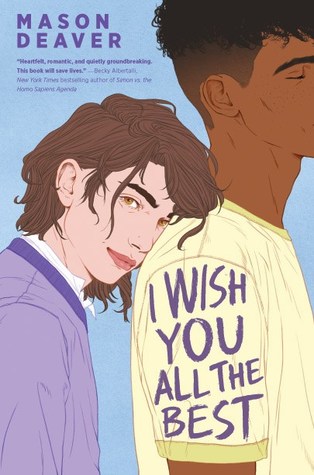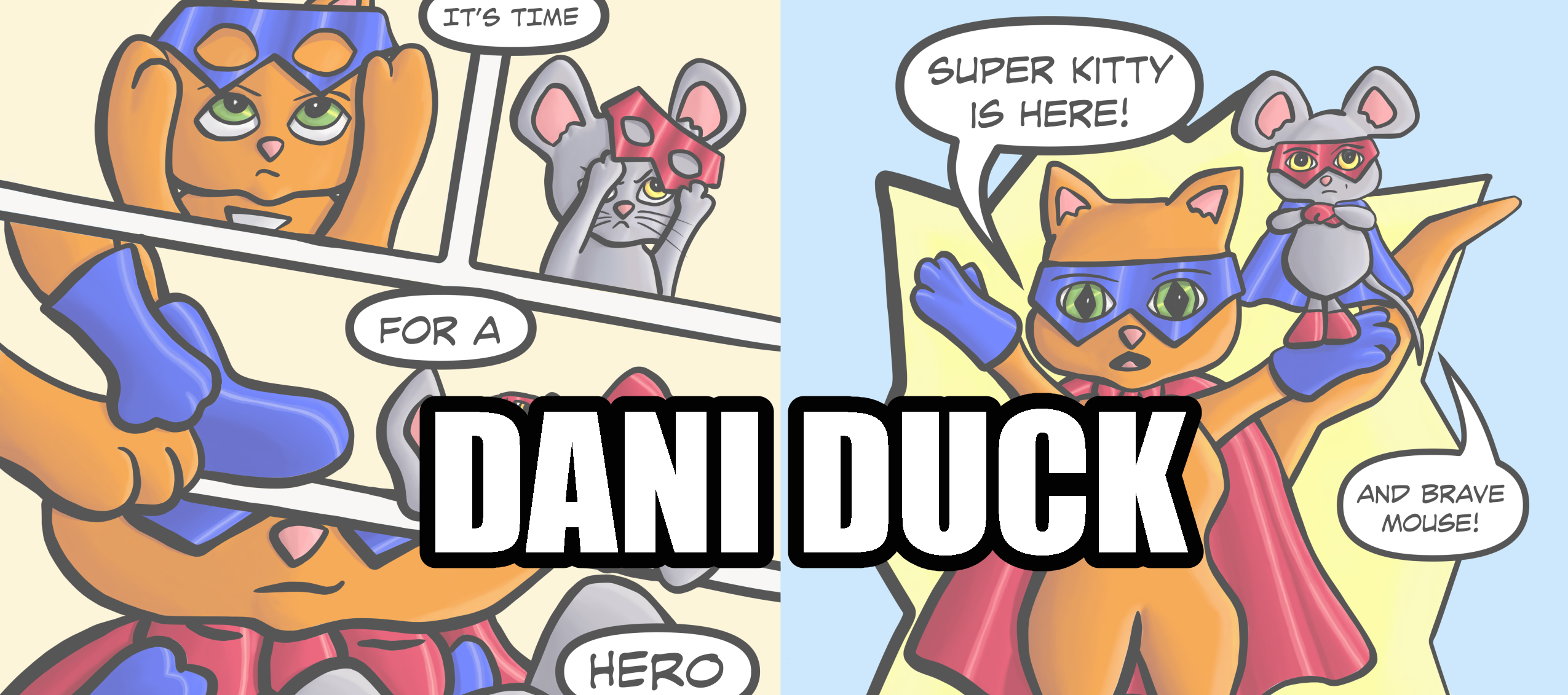Mason Deaver’s Writing Wishes
Mason Deaver is the author of the soon to be released “I Wish You All The Best”. Mason is non-binary and can pull off pink like no one’s business (I’m jealous!). They are fun and funny on Twitter, so don’t forget to follow Mason there. I just can not wait to pick up they’re book. I’m just so excited! Even more excited after reading the following blog post. Try to resist picking up a copy after you read this post (you can’t so don’t fight it)!
Check out Mason’s website here: https://www.masondeaverwrites.com
—–

Photo by Trịnh Hồng Hương
No doubt the toughest hill I’ve ever had to overcome with my own writing, was accepting that the first draft of my book is ugly. My book is ugly, my words are ugly, the characters are ugly; but that in itself the point of the first draft. Or even the second, or third, sometimes the fourth.
A book is going to be messy for a large portion of the writing process, and that can be a hard thing to accept. When I first started writing, I wanted to make every last little individual detail perfect. I wanted to make sure that I never had to go back and fix anything, which is the antithesis of a first draft. First drafts are there for you to make mistakes, a first draft is a tool you should use to figure out details, character voice, motivations. It’s there to help you practice what you want to accomplish.
It’s the study guide, not the final exam. It’s okay if you mess up or fail.
I noticed that, in my own experience, when I tried to make my first draft as perfect as I possibly could, I’d get bogged down in details. I’d surround myself with the self-doubt that maybe I didn’t have what it takes to accomplish my goals. I’d get so obsessed with the book being as perfect as it could that I never made it to the end of a draft. It was only when I accepted the flaws of my story, that maybe I didn’t know how it ended, or I hadn’t figured out who this character was, that I was able to finish the draft for the first time.
Once I had that first draft, I could start to make things pretty. I could reread the words I wrote and fix them, make them better. I could implement ideas I’d had while drafting, I could see the connections between story elements and bring them together. And the only way I could do that was by accepting the fact that my first draft couldn’t possibly be perfect.
Now of course, that’s not to say there aren’t varying levels of imperfection you can strive to accomplish. My first novel I Wish You All the Best was written almost on a whim over just a few months, with almost no planning whatsoever on my part. I just had the characters I knew I wanted to write, a little fragment of the story, and I dove right in.
Of course, it was disgusting. Things didn’t make sense, I got the timeline all mixed up (which turned out to be very important to the story), but I finished the book, and that was the first time I’d ever done that.
It was only after multiple rounds of edits, considering all the notes from myself, friends, my agent Lauren, my editor Jeffrey (and other Scholastic editors) over the course of years that I Wish You All the Best became an actual book that you’re able to purchase on the shelves. If I hadn’t written those messy first few drafts, the book would’ve never had the chance to become something I’m intensely proud of.
On the flip side of all of that, what if you’re a planner? Surely, your book will be more put together than one simply written on the fly. Well, of course, but that doesn’t mean you should be querying the first draft of a novel you planned every detail of. In the other books I’ve worked on, I’ve almost always planned them out from beginning to end. Sometimes that’s just because I wanted to experiment, other times it was for business purposes. But still, I planned out those stories beat by beat and I knew what was going to happen from beginning to end. Guess what, those books were still messy, incomplete drafts.
My two big examples of this are my planned middle-grade novel and my second YA book. I planned both of these books and completed drafts of both of them that I was madly unsatisfied with. It was only after discussing the ideas with friends, fellow authors, and my agent that I decided to go a different route with these stories. Even after planning them!
I think that just really goes to show that you never know what can happen with a story. You can plan and plan and know every single in and out of your story, and yet it can still take an unexpected turn. You may combine two characters or decide that a story element isn’t working. You might find a plot thread that works better if you do this instead of that. That’s the role of a first draft, to show you the potential of the story, to help you fix things you might not even recognize.
First drafts are messy, they will always be messy. There’s really nothing you can do to prevent that. And in case you do, if you plan of submitting a first draft anywhere I beg you to not. Because I can guarantee there are typos or things that don’t make sense or things you wish you’d had the chance to change later. First drafts are messy, they aren’t really meant to be seen by any eyes other than your own. They’re disgusting, ugly, horrid things that will never ever see the light of day. And that’s exactly their purpose.
Allow your first drafts to be ugly, let yourself make mistakes, learn from them. Work things out, use them to become a better writer.
Let your first drafts be ugly.
—–

Cover Art by Sarah Maxwell
Jacket Design by Nina Goffi and Stephanie Yang
Follow Mason:
Website: https://www.masondeaverwrites.com
Signed Copies of Mason’s Book: https://www.parkroadbooks.com/book/9781338306125
Twitter: https://twitter.com/masondeaver
Instagram: https://www.instagram.com/mason_deaver/

6 Comments
Debra Daugherty
Great observations on first drafts, Mason. I’ve learned to let my novel hibernate for a while after a first draft. If I start doing revisions too soon, I miss important elements that need change. Waiting gives time for the story to sound fresh to me when I do return to it, and then my creative juices kick in. I enjoyed your post. Thanks for sharing.
Becky Aren’t
This is sooooo great!!!
My hardest thing was the “perfection” with my first drafts…now I can loosen up with my “uglies!” I am lovin’ it! Thank you!
Susie Sawyer
Plan well, but keep an open mind and allow change to happen. Does that sum it up well? 🙂 Thank you, Mason, for sharing your writing experience with us!
Laura Hartman
Thank you so much for this post. Getting bogged down in the details is one of my favorite ways to procrastinate. Now off my duff to write something rough!
Darlene Frybarger
I always struggle with perfectionism; as in if I can’t do it right then don’t do it. That has spilled over into my writing. I’ve actually found this a very good way not to write. It’s definitely time for “butt in chair” approach to writing! Lol. Thank you, Mason!
Lauri Meyers
Thanks for sharing your experience with messy first drafts!